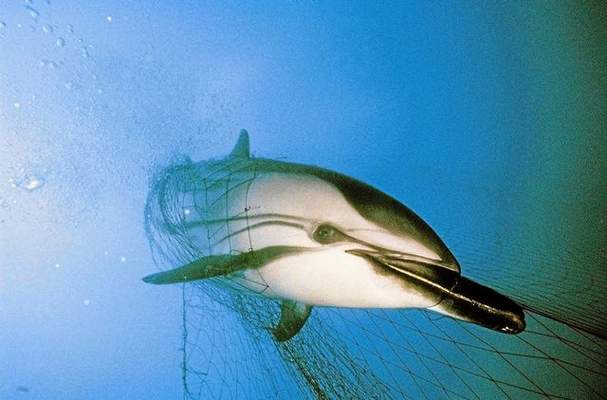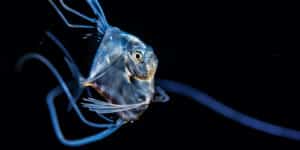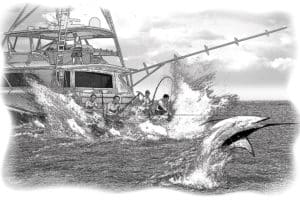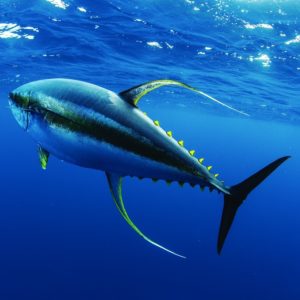
New Federal Restrictions Aim to Limit Gill-Net Bycatch
Federal fishery managers have moved to beef up restrictions governing California’s drift gill-net fishery, with the goal of limiting bycatch of endangered ocean species, according to a report in the Los Angeles Daily News.
“The Pacific Fishery Management Council voted unanimously to establish hard limits on the fishery, which is active off the coast of Southern California, by the summer of 2016,” the report by Sandy Mazza stated. “If anyone in the fishery overreaches the new bycatch limits, it would result in a complete shutdown for the rest of the season.”
The PFMC is also pushing to have observers on every fishing boat to ensure the new bycatch limits aren’t breached, according to the report.
According to some estimates, this California commercial fishing method kills an average of 100 marine mammals a year. Paul Shively, oceans manager for The Pew Charitable Trusts, which supports additional regulation of the fishery, was quoted as saying, “People love swordfish, but when they hear it comes at the expense of potentially killing endangered marine mammals and a vast amount of nontargeted fish, we believe their appetite wanes,”
While some environmental advocates such as Oceana have pushed to close the fishery entirely, state regulators are seeking a compromise between the two sides, according to the Daily News story.
The PFMC directed its Highly Migratory Species Management Team to study and report back its recommendation for how many members of certain whale and turtle populations can be accidentally taken by the gill-net fishery each year. Species singled out for protection under new “hard cap” limits include fin, sperm and humpback whales, and leatherback, loggerhead, olive ridley and green turtles, the report stated.
Mike Conroy, president of West Coast Fisheries Consultants, said he and the commercial gill-net fishermen he represents are eager to see what the limits will be, though he maintains that the fishery rarely snags one of these endangered species. “I think it’s fair as long as the hard-cap numbers are defined using science,” Conroy said in the report. “The thing is that, if we shut down the swordfish fishery off our coast, Californians still aren’t going to stop consuming it so it will just be imported from places with lower restrictions.”
The council also set out a plan to have an observer stationed on every fishing boat to ensure the caps are maintained when they are implemented in 2016. Though drift gill-net fisheries have come under fire for decades for having high rates of bycatch, new technologies — including nets with smaller holes, and acoustic “pingers” — have helped resolve some of the problems in recent years. But federal oceanic regulators decided the incremental improvements weren’t enough after a sperm whale was killed and another was badly injured in the fishery in 2010 and 2011, the report said.
In 2013, the National Oceanic and Atmospheric Administration issued an order than the fishery would be shut down if one sperm whale was taken that year. The incidents also spurred state legislation that would have likely shut down the fishery entirely. Assembly Bill 2019 sought to ban drift gill-nets off the coast of California, but it was voted down in committee in May.
While the PFMC works out the limits allowed for bycatch of endangered species, state-of-the-art technologies are on the horizon that may open up new options in the next few years. Regulators hope electronic on-board monitoring of fishing boat catches will soon be possible. A promising new fishing technique called “deep-set buoy gear” that catches thresher sharks and swordfish more accurately is being tested.
According to the Daily News, the council on Monday also directed the Highly Migratory Species Management Team to solicit proposals for experimental fishing permits in an effort to find new and creative ways to safely fish these species. “This is a big step in the right direction, but we also think it’s just a step,” Shively said. “Ultimately, you need to see this fishery transition to cleaner gear types.”







